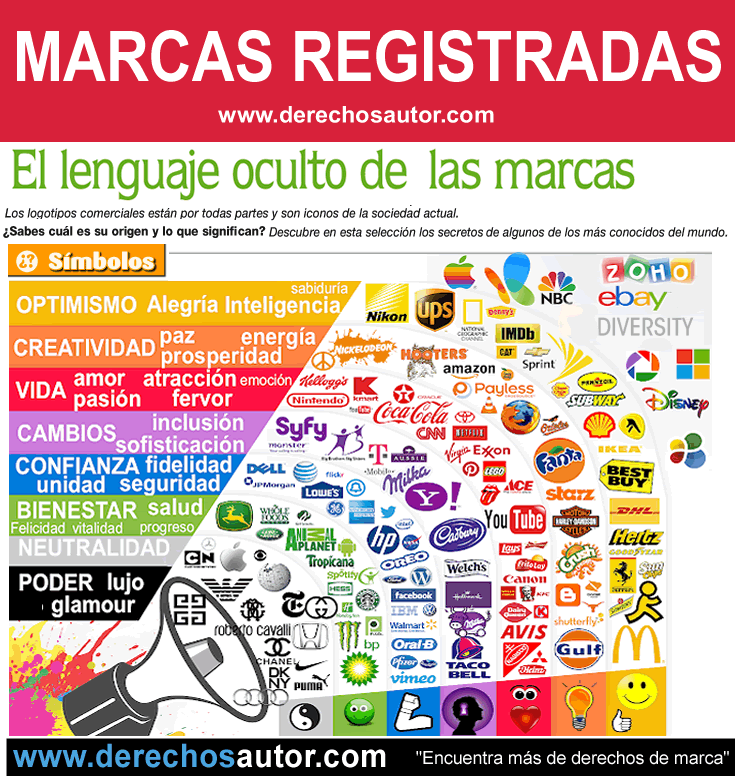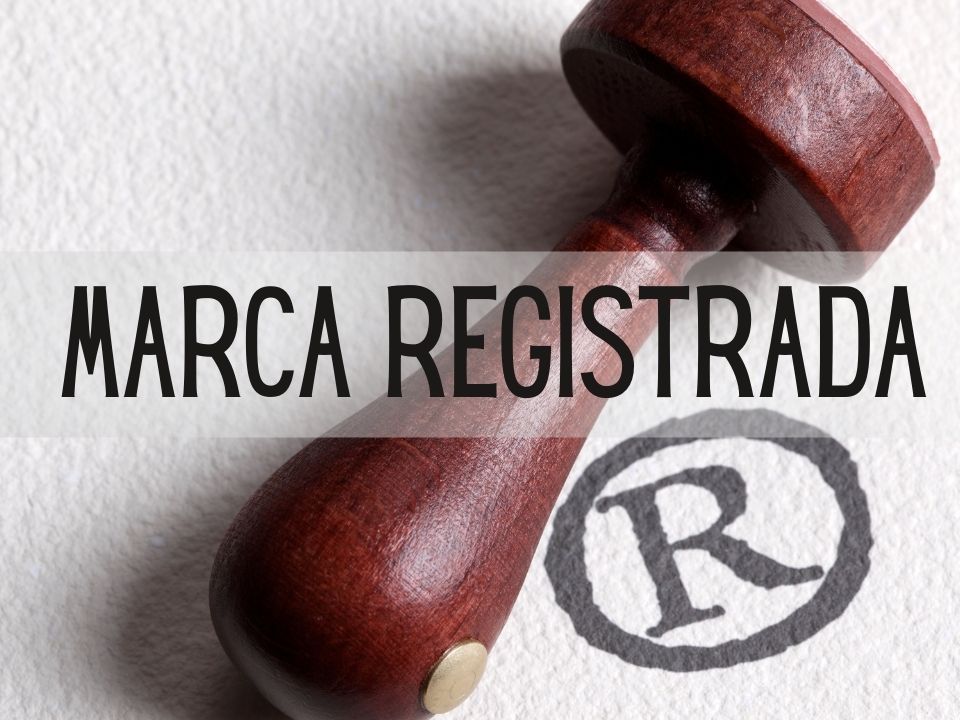Why is protecting your brand's identity crucial in today's competitive market? Because a registered trademark is the cornerstone of your business, providing legal protection and exclusive rights to your brand's name, logo, and more.
In the complex world of commerce, establishing and safeguarding your brand is paramount. A registered trademark serves as the legal shield for everything that identifies your brand, encompassing words, names, designs (like logos), and any element that distinguishes your offerings in the marketplace. This protection prevents others from using similar marks and potentially confusing consumers, ensuring your brand's unique identity.
Consider the global landscape of brands, from the ubiquitous Nike and Adidas to the familiar KFC and Pepsi. Each of these iconic names, logos, and associated elements are protected by registered trademarks, solidifying their place in the market and safeguarding their reputation.
- David Boreanaz Bio Roles Whats Next After Seal Team
- Is The North American Pine Squid Real Factchecking The Viral Myth
| Aspect | Details |
|---|---|
| Definition | A registered trademark is a legal mechanism to protect the identity of a company or product. It grants exclusive rights to use a specific name, logo, or design. |
| Purpose | To prevent others from using a confusingly similar mark, thus protecting the brand's identity, reputation, and consumer recognition. |
| Protection | Provides legal protection for the brand's name, logo, or any other distinctive element. This includes the right to prevent others from using the mark in a similar manner. |
| Symbol | The registered trademark symbol is (R inside a circle). It is used to indicate that a mark has been officially registered with the relevant governmental authority. |
| Benefits |
|
| Duration | The term for trademark registration varies by country, but generally, it is for a period of 10 years, renewable. |
| Considerations | Before applying for trademark registration, a thorough search is essential to ensure the mark is not already in use. Also, consult with legal professionals is highly recommended. |
| Examples | Nike, Adidas, KFC, Pepsi, and numerous other global brands use registered trademarks to protect their brand identities. |
The process of registering a trademark varies slightly depending on the country, but the basic steps remain consistent. In Mexico, for instance, you would apply through the Instituto Mexicano de la Propiedad Industrial (IMPI). In the United States, the United States Patent and Trademark Office (USPTO) handles trademark registrations. Generally, the steps include:
- Search: Conduct a comprehensive search to ensure your desired mark is not already in use or too similar to an existing one. Utilize databases like Marcanet (in Mexico) or the USPTO's online search tools.
- Application: File an application with the relevant intellectual property office. This involves providing the mark, the goods or services it will be used for, and the applicant's information.
- Examination: The office examines the application to ensure it meets all requirements and is not confusingly similar to existing marks.
- Publication: If the application is approved, it is typically published for opposition, allowing third parties to object to the registration.
- Registration: If no opposition is successful (or if no opposition is filed), the mark is registered, and the applicant is granted the exclusive right to use it.
The registration process grants the owner the exclusive right to use the trademark on the products or services for which it is registered, preventing others from using similar marks. It grants the ability to take legal action against infringers and the flexibility to license the trademark to others. This exclusivity is typically granted for a set period, after which it can be renewed, allowing continuous protection.
Several factors can lead to a trademark application being rejected. These include:
- Rohan Marley From Football To Business Family Life
- Crystal Lust Unveiling The Actresss Life Career Everything You Need To Know
- Similarity to Existing Marks: If the mark is too similar to a registered or pending mark, especially for the same or related goods or services.
- Descriptiveness: If the mark merely describes the goods or services, it may be rejected (e.g., using "Delicious Cookies" for a cookie brand).
- Genericness: If the mark has become the generic term for the product or service, it is not protectable.
- Deceptiveness: If the mark misrepresents the nature or quality of the goods or services.
- Lack of Distinctiveness: If the mark lacks the ability to distinguish the goods or services of one party from those of others.
Tools like Marcia, an AI-powered tool, can aid in verifying the availability of a trademark before applying. These tools, often provided by intellectual property offices, allow users to search for existing marks and assess the likelihood of success for their application.
| Country/Region | Trademark Authority | Key Information |
|---|---|---|
| Mexico | Instituto Mexicano de la Propiedad Industrial (IMPI) |
|
| United States | United States Patent and Trademark Office (USPTO) |
|
| Ecuador | Servicio Nacional de Derechos Intelectuales (SENADI) (formerly IEPI) |
|
| Costa Rica | Registro Nacional de la Propiedad (RNP) |
|
In the world of business, registering a trademark is critical for preserving a company's identity and rights. This registration gives a business the exclusive right to use its name, logo, or any other distinctive element, preventing other companies from using them without permission. This exclusivity ensures that customers recognize and associate the brand with its goods or services. Moreover, this protects the company's investment in its brand, promoting consumer loyalty, and fostering market differentiation.
The symbol (a capital R inside a circle) indicates that a trademark has been officially registered with the relevant intellectual property authority. This symbol is a clear and immediate signal to consumers and competitors that the mark is legally protected and that the owner has exclusive rights to its use within the registered territory. Using this symbol properly, on the product, packaging, advertising, or website, is essential for legal purposes. It puts others on notice of your rights and can significantly impact legal actions against infringers.
Conversely, the symbols and SM are used to indicate a mark that is currently in use but has not yet been registered. TM is used for trademarks, and SM is used for service marks. These symbols provide a degree of notice to the public that you claim rights in the mark, but they do not offer the same legal protection as a registered trademark. You can use these symbols from the moment you start using the mark to promote your goods or services. It is common to see these symbols before a mark is formally registered.
When determining what constitutes a trademark, it's important to understand that it is any sign or combination of signs capable of distinguishing the goods or services of one undertaking from those of another. These signs can include words, phrases, symbols, logos, sounds, colors, or any combination thereof. The crucial criterion is that the mark serves as a unique identifier in the marketplace, making it recognizable to consumers. For the brand to make your business work, and if you have registered marks in various countries, you can use those marks everywhere.
The duration of trademark registration varies by jurisdiction, but a standard is a 10-year term from the date of registration. The registration is renewable indefinitely, provided the mark is still in use and renewal fees are paid. This long-term protection is vital, considering that a trademark's value and distinctiveness often grow over time. Continuous use and renewal of your trademark maintain the brand's legal protection and its presence in the market. The registration of the mark or trade name has a legal duration of 10 years, renewable for successive periods of 10 years.
The application for trademark registration and registration allows you to oppose the registration of later signs that could be confused with yours. This proactive defense mechanism ensures your brand's ongoing protection. Furthermore, it facilitates licensing, granting the trademark owner the ability to allow others to use the brand under specific conditions, creating revenue and extending the brand's reach.
The importance of a registered trademark cannot be overstated. It is a vital aspect of brand building, allowing businesses to establish a strong identity, protect their reputation, and build customer loyalty. It serves as a barrier to entry for competitors, preventing them from using similar marks and confusing consumers. Without a registered trademark, a business's most valuable asset its brand remains vulnerable, increasing the risk of brand infringement and the erosion of goodwill.
To obtain trademark registration, you must follow the procedures and meet the conditions set by the relevant governing body in the country. It is recommended to conduct a search before submitting the application. Also, be sure that the brand you want to apply for is not the same or similar to another in process or registered.
In conclusion, registering a trademark is a critical step for any business looking to establish a strong brand presence and protect its intellectual property. This legal protection provides exclusivity, safeguards reputation, and fosters long-term success in the marketplace. To get the process right, conduct thorough research, follow the specific guidelines, and consider the legal implications to ensure that your brand is not only recognized but also legally protected.
In summary, consider the registered trademark your brand's legal protector. It is the cornerstone of intellectual property protection. It also gives the owner exclusive rights to the mark's use and is a must for any business that wants to succeed in the market. Always remember that the symbol represents the brand in legal terms and a clear sign that the brand is duly protected.


